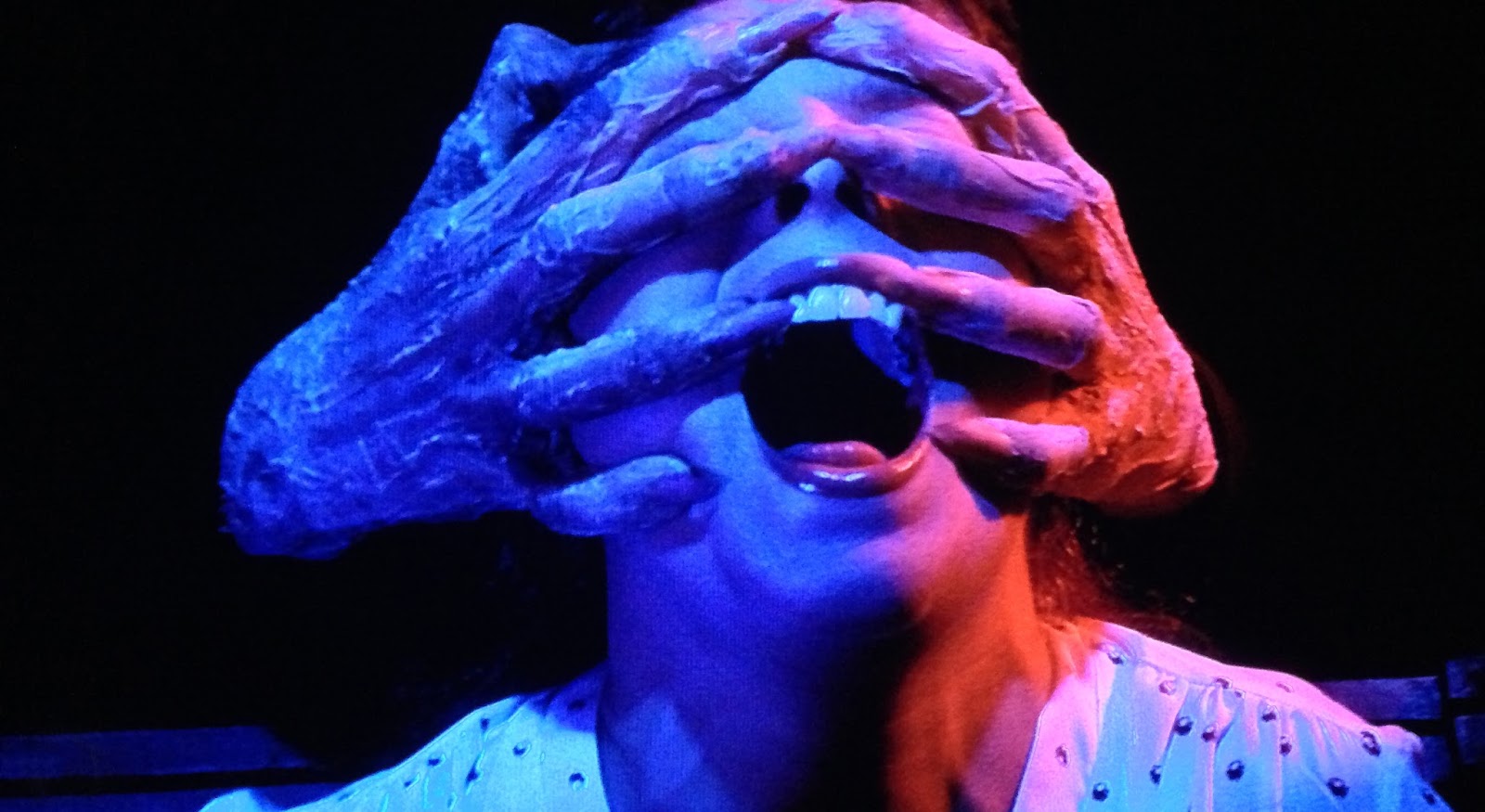
Making a Gothic horror film isn’t as easy as one might imagine. A rigorous pedigree has been established within the genre, and hopeful entries must be able to pass a careful screening. So what exactly is expected of a proper Gothic horror film?
There are a few informal rules which will be helpful for us to establish at the beginning. First, the setting should be a castle, mansion, abbey, monastery, or some other picturesque ruin with buried secrets baked into the very mortar.
A sense of impending judgment for someone’s past sins should hang in the air whenever possible. There should be a history or a threat of madness associated with the place or people under consideration. A curse must loom over the proceedings at all times, and screaming will frequently be heard.
As for the characters, a standard skeletal cast has been established, and its example should be followed as closely as possible. The cast should include at a bare minimum an innocent victim, a domineering tyrant or villain, a sinister family member or neighbor, and a hero – who could conceivably be any one of these people. If a weak, and possibly evil, clergy member can be added, this is also preferable.
A witch or group of witches is very important to a Gothic horror film, and should be omitted only under extreme circumstances. And of course a disbelieving skeptic must be included when a witch exists.
Does your favorite Gothic movie pass the test? Here are 15 Gothic horror films you might not have seen which pass with flying colors.
1. Burn, Witch, Burn!
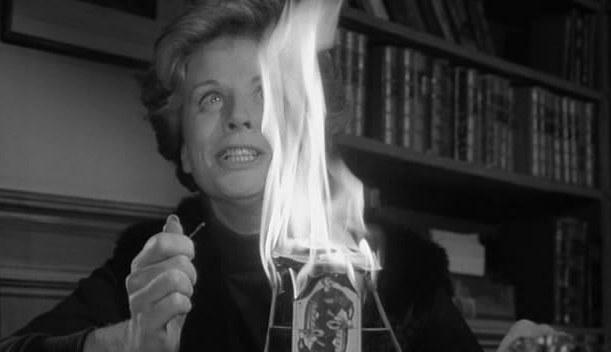
Burn, Witch, Burn! is sometimes known by its alternate title Night of the Eagle, and was released in 1962. With a script co-written by Charles Beaumont, Richard Matheson, and George Baxt, it must have felt like a foolproof recipe for success. Thankfully, the film lived up to the potential provided by its legendary writers, and a Gothic horror classic was born.
Peter Wyngarde plays a strong-minded professor who loves to confidently lecture about the follies of superstition and spells. Unfortunately, he soon learns that his own wife is an avid practitioner of ritual magic which has been occurring under his roof.
Even though she claims that her magic has been responsible for his professional success, the professor sticks to his beliefs and destroys all the instruments of his wife’s magical practices. When his fortunes start to change, the scientific professor must face the new facts before him and reconsider his prejudicial notions. Burn, Witch, Burn! delivers on the promises of its tantalizingly Gothic title.
2. Nightmare Castle
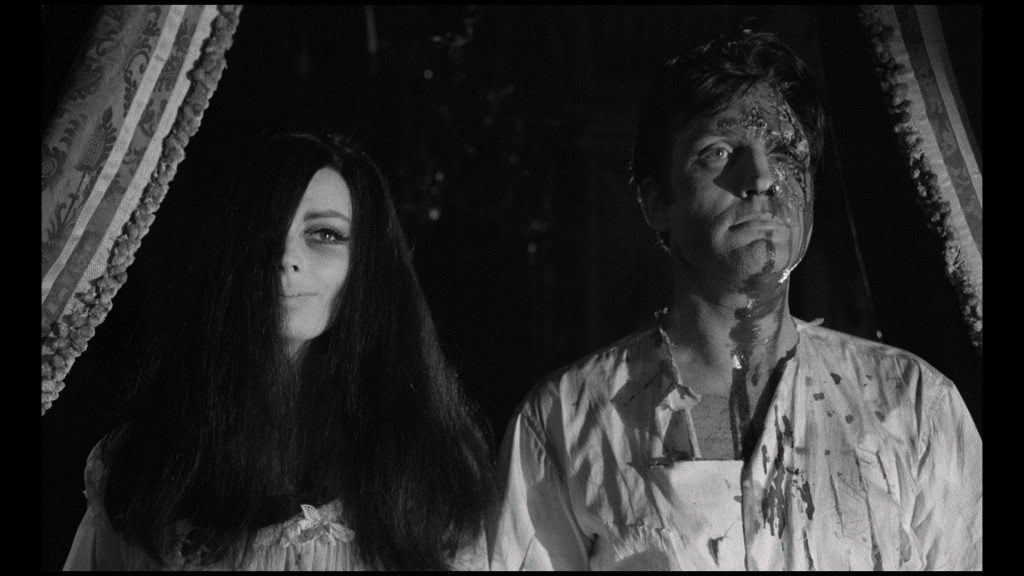
Any film featuring the great Barbara Steele is almost an automatic shoo-in for any list of great Gothic horror films, and Nightmare Castle features her in two separate roles. Add to the mix a soundtrack by legendary composer Ennio Morricone, and there’s potential for a real classic. Nightmare Castle delivers on our hopes.
Stephen Arrowsmith is a scientist operating a laboratory in the castle owned by his wife, played by Barbara Steele. As you might guess, he is a bit of a mad scientist, and when he discovers his wife’s secret relationship with their gardener, he disposes of them both in an elaborate and cruel fashion.
But when Arrowsmith discovers that the castle was willed to her stepsister and not him, he soon has another Barbara Steele on his hands in the role of his new wife. His determination to wrangle the castle out of her hands is the perfect setup for a great Gothic horror film.
3. The Fall of the House of Usher
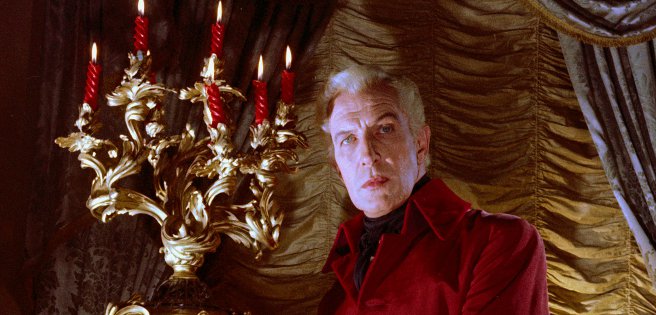
Richard Matheson wrote the script for Roger Corman’s 1960 version of Poe’s classic story, The Fall of the House of Usher. This was one of several films based on Poe’s works made in the 1960’s, and the great Vincent Price carries the lead role as only he can. The success and quality of The Fall of the House of Usher paved the way for many more Gothic horror films in this style.
When an idealistic and hopeful young man travels to a desolate, foreboding mansion, his intention is to meet his fiancée Madeline Usher and begin their lives together. But Madeline’s uncle Roderick, played by Vincent Price, does everything in his power to prevent the union because of a supposed curse on the Usher family. The events that follow are an avalanche of Gothic tragedies that seem sure to end in the eventual fall of the Usher’s house.
4. Dragonwyck
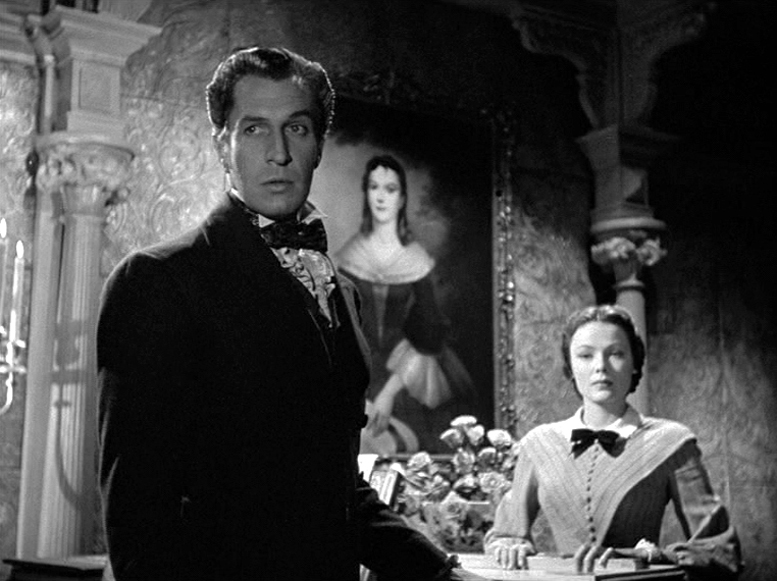
This 1946 film was based on the novel Dragonwyck by Anya Seton. Its title is the name of the vast estate with a Gothic mansion, where most of this story plays out. The lovely Gene Tierney, the intimidating Vincent Price, and the charismatic Walter Huston make up this elite cast under the direction of Joseph L. Mankiewicz.
Tierney plays Miranda, a farm girl with dreams of a more romantic lifestyle. Her dreams come true when her wealthy cousin Nicholas invites her to come live on his estate and be the governess there. But Miranda soon learns that Nicholas is a troubled soul with dark secrets, and her idealistic surroundings bring her nothing but sorrow and misery. This lesser known classic is a must-see for Gothic horror fans; it’s intelligent and perfectly directed, with a cast that captures the mood of the foreboding Dragonwyck.
5. The City of the Dead
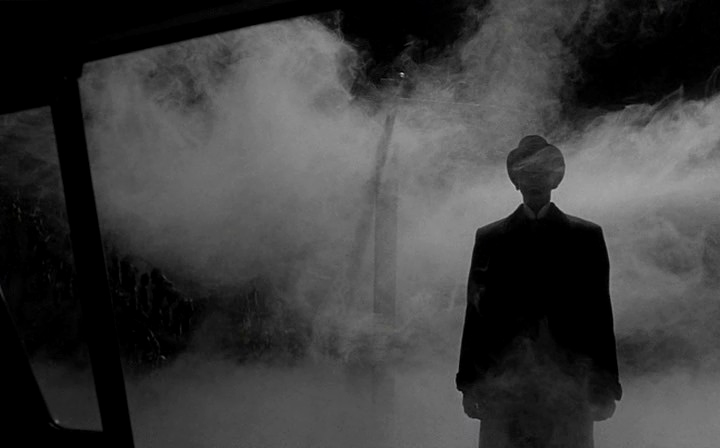
One of the very best Gothic horror films came out in 1960, a landmark year that also saw the release of horror classics like Psycho, Peeping Tom, Black Sunday, and Eyes Without a Face. That movie was The City of the Dead, starring the inimitable Christopher Lee. This film has almost everything that a Gothic horror fan could ever want, and is handled with class and care that elevate it above many other films of its kind.
When a young university student named Nan Barlow becomes interested in the study of witchcraft, her professor suggests that she make a visit to Whitewood, a town where much information can be found on the topic. When she checks into the local hotel and begins to study the history of the town, things seem normal; but after a few weeks her brother has not heard from her and realizes she has gone missing. He sets out to discover her fate, and in the process unravels the real history of the sinister city of the dead.
6. Inferno
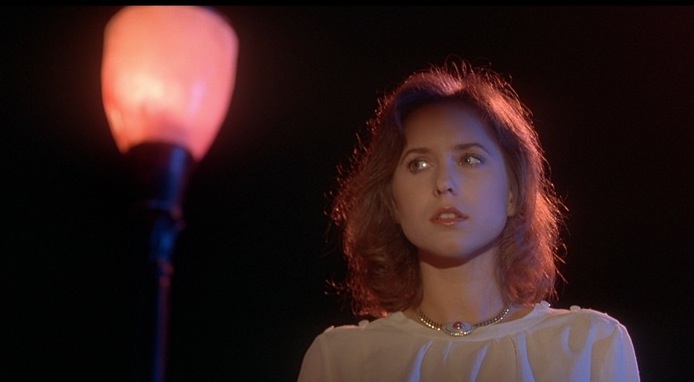
Dario Argento’s follow-up to his iconic film Suspiria is actually the second in his “Three Mothers” trilogy (the third being 2007’s Mother of Tears.) Inferno is a very different film from the beloved Suspiria, but its themes and execution are nevertheless related. Though Inferno’s plot is less obvious, its dreamlike atmosphere, haunting visuals, and bombastic soundtrack make it a memorable viewing experience.
This installment of the trilogy focuses on the search for the elusive book called “The Three Mothers”, which was written by an alchemist and holds tremendous power. When a young woman living in New York City discovers the book, she is soon stalked by tragedy. Her brother Mark, living in Rome, decides to help her solve the mystery of the manuscript, but quickly becomes entangled in her difficulties. The tension escalates to a shattering and unforgettable climax that showcases Argento at his most effective. Suspiria fans should give Inferno a fair chance to bewitch them.
7. The Cabinet of Caligari
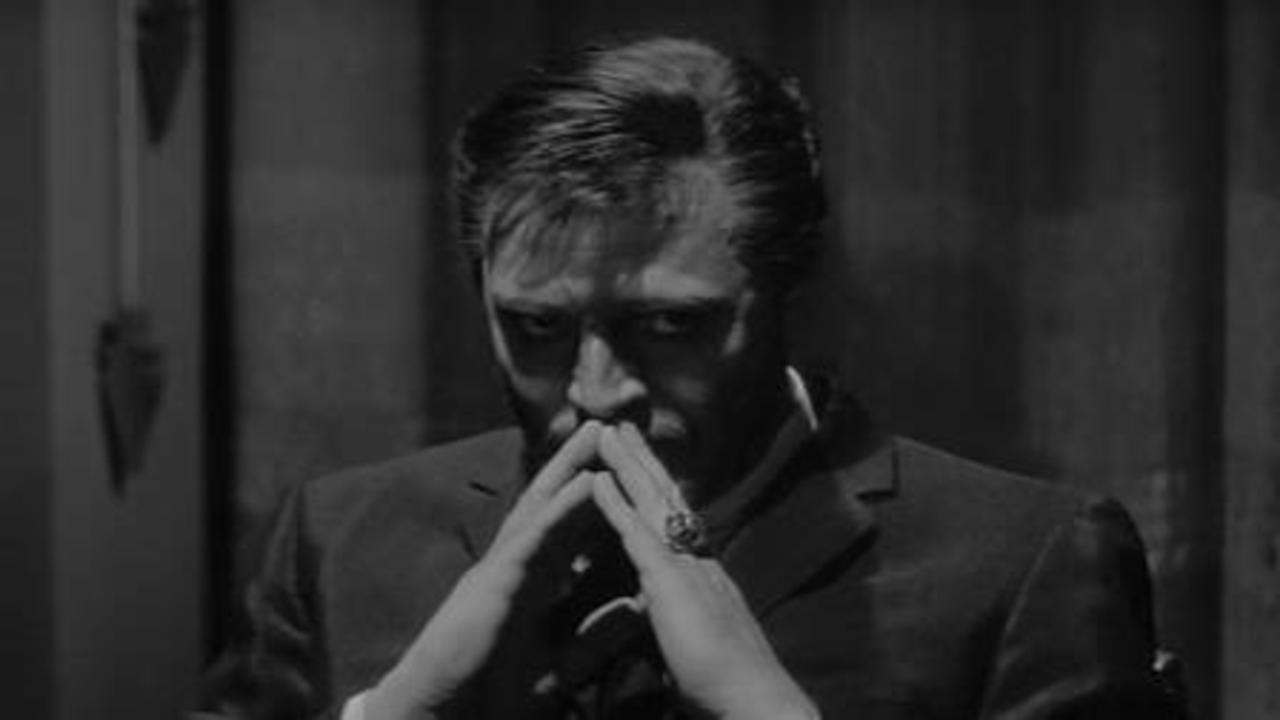
This 1962 film is not a direct remake of the 1920 silent classic The Cabinet of Dr. Caligari, but it does share the same mood. The Cabinet of Caligari also has a couple of commonalities with another iconic horror film, Psycho: both were written by Robert Bloch, and both shared the same cinematographer, John L. Russell. Little touches like these help lift this film into a higher tier of quality than it might otherwise occupy.
The plot is a classic Gothic setup. A woman with a flat tire seeks help at a large estate owned by a cultured, mysterious man who is more than he seems. When she tries to leave, the poor visitor finds that she is detained in every possible way, and begins to suspect a conspiracy against her.
This movie promises surprise after surprise, and the viewer is likely to become as confused as the protagonist about her situation. Seek out this little gem to discover how, or if, she escapes the cabinet of Caligari.